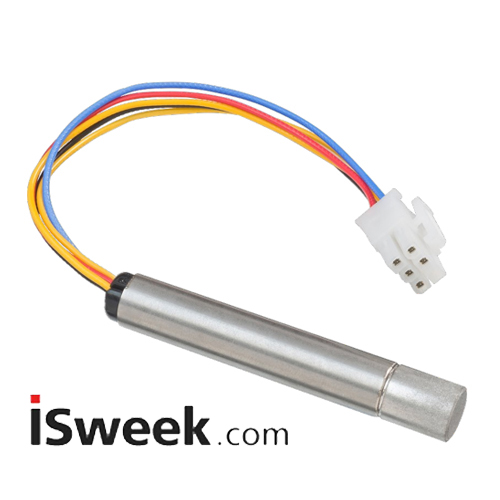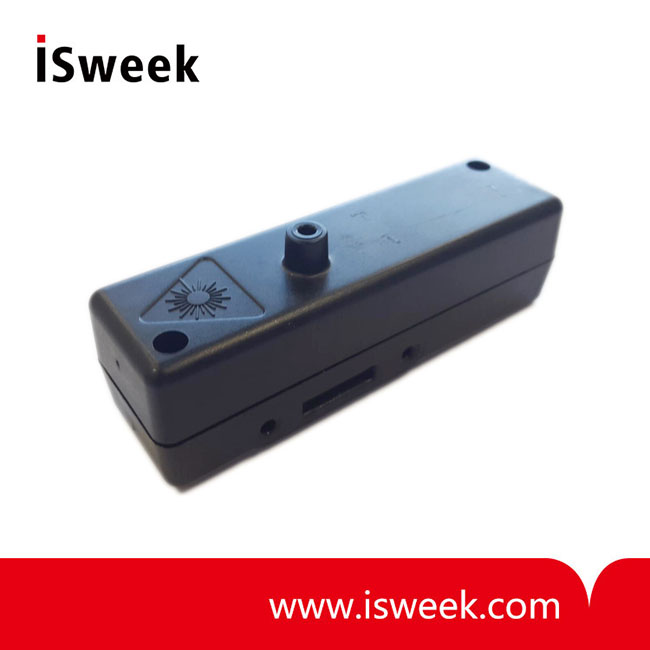Introduction
In the automotive industry, rapid technological advancements have significantly improved driving safety and comfort and introduced various smart features to address different driving conditions and needs. Oxygen sensors, as a crucial technological component, play a significant role in automotive oxygen detection systems, especially in scenarios such as combating driver fatigue and high-altitude travel, offering substantial significance and broad application prospects. In this post, we will explore the fundamentals of oxygen sensors, covering their working principles and role in automotive oxygen detection.
Table of Content
2. How does an Oxygen Sensor Work?
3. How to apply oxygen sensors in automotive oxygen detection?
3.1 Significance and Application Scenarios of Automotive Oxygen Generation
3.2 Key Technologies and Challenges in Implementing Oxygen Generation Functions
4. When should you consider replacing your O2 sensor?
5. Symptoms of a Faulty O2 Sensor
1. What is an Oxygen Sensor?
An oxygen sensor, often referred to as an O2 sensor, is a crucial component in modern vehicles, especially in the engine’s emission control system. Its main function is to measure the oxygen levels in the exhaust gases exiting the engine. This data is essential for the engine control unit (ECU) to adjust the air-fuel mixture for optimal combustion.
 Figure1-Oxygen Sensor
Figure1-Oxygen Sensor
2. How does an Oxygen Sensor Work?
The working principle of an oxygen sensor in a vehicle is similar to that of a dry cell battery, with the zirconium dioxide element in the sensor acting as an electrolyte.
The basic principle is as follows: under certain conditions, the difference in oxygen concentration between the inside and outside of the zirconium dioxide generates a potential difference, which increases with the concentration difference. The atmospheric oxygen content is 21%. Exhaust gases from rich mixtures essentially contain no oxygen, while exhaust gases from lean mixtures or incomplete combustion contain more oxygen but still much less than the atmosphere. At high temperatures and under platinum catalysis, negatively charged oxygen ions adsorb onto the inner and outer surfaces of the zirconium dioxide tube. Because there is more oxygen in the atmosphere than in the exhaust gases, the side of the tube exposed to the atmosphere adsorbs more negative ions than the side exposed to the exhaust gases, creating a potential difference due to the ion concentration difference.

Figure 2 How does an Oxygen Sensor Work?
3. How to apply oxygen sensors in automotive oxygen detection?
An oxygen sensor is a device that measures the concentration of oxygen in the environment. In the automotive industry, oxygen sensors are primarily used to monitor the oxygen content in engine emissions, helping the engine control system achieve optimal combustion efficiency. However, with advancements in technology and increasing demands for driver health and safety, the application of oxygen sensors has gradually expanded to include the vehicle’s interior environment.

Figure3-oxygen sensors in the car
3.1 Significance and Application Scenarios of Automotive Oxygen Generation
Alleviating Driver Fatigue
Extended periods of driving can lead to a gradual decrease in the driver’s oxygen levels, causing fatigue, reduced concentration, and an increased risk of traffic accidents. By incorporating oxygen generation functions within the vehicle, it is possible to effectively enhance the driver’s oxygen supply and reduce the incidence of driver fatigue. This feature is especially beneficial on highways, during nighttime driving, or when there is a single driver, as it can significantly lower the risk of accidents and improve overall driving safety.
Relieving Altitude Sickness
In high-altitude areas, the thin oxygen levels can cause altitude sickness in drivers and passengers, such as dizziness and nausea, which may even impact driving safety. By equipping vehicles with oxygen generation functions, sufficient oxygen can be provided to occupants, alleviating symptoms of altitude sickness and enhancing travel comfort and safety. This is especially important for drivers who frequently travel in high-altitude regions, as it can significantly improve their driving experience and overall health.
3.2 Key Technologies and Challenges in Implementing Oxygen Generation Functions
Accuracy and Response Speed of Oxygen Sensors
To ensure the oxygen generation system accurately responds to and adjusts the oxygen supply, high-precision, and rapid-response oxygen sensors are essential. These sensors continuously monitor the oxygen concentration inside the vehicle and relay data to the control system, enabling intelligent adjustments and optimization.
Stability and Reliability of the Oxygen Generation System
The stability and reliability of the oxygen generation system directly affect its performance and safety during actual driving. In addition to selecting the appropriate sensors, it’s essential to consider the system’s oxygen supply efficiency, safety, and adaptability to ensure effective operation and long-term stability under various driving conditions.
oxygen sensors play a vital role in your engine’s performance and emissions control. Even though it has stability and reliability, you have to wonder when to think about replacement.
4. When should you consider replacing your O2 sensor?
Oxygen sensors do not require regular maintenance like air or oil filters, but they can degrade over time. A faulty oxygen sensor could hinder the ECU from maintaining the accurate air-to-fuel ratio, potentially leading to engine performance issues.
Oxygen sensors are an essential component of the fuel and emissions systems as they monitor the oxygen levels in the exhaust and transmit this information to the engine computer. The engine computer then adjusts the air-to-fuel ratio accordingly. A malfunctioning oxygen sensor can cause the engine computer to inaccurately regulate the air-fuel ratio, resulting in higher emissions, reduced fuel efficiency, and potential damage to other components such as an overheated catalytic converter.
No vehicle is equipped with a warning light specifically for a failed oxygen sensor. Therefore, you must pay attention to other important indicators, such as the check engine light turning on and an increase in fuel consumption, to determine if you need to replace a faulty oxygen sensor.
5. Symptoms of a Faulty O2 Sensor
Here are some possible indicators of O2 sensor wear and tear:
- Decreased gas mileage: A malfunctioning oxygen sensor may lead to a higher fuel injection into the engine, which can greatly reduce fuel efficiency.
- Engine misfiring: Rough idling and engine misfiring are typical indicators of a failing O2 sensor. If these symptoms occur alongside the check engine light, it may suggest that the component needs to be inspected.
- Drop in engine power: An improperly regulated air/fuel mixture can lead to performance problems, such as challenges in accelerating or achieving maximum power. This may be due to a faulty O2 sensor.
- Rotten egg smell: An abundance of fuel in the engine can create a rotten egg odor, which is caused by sulfur. This excess fuel may result from a malfunctioning O2 sensor.
If you observe these symptoms or see that your check engine light is illuminated, it’s crucial to have your vehicle examined by a qualified technician who can identify the issue.
6. Where to buy an O2 sensor?
The SO-E2-250 and SO-E2-960 sensors, supplied by Isweek, are based on the limit current principle, with extensive and stable applications in high-altitude oxygen generation and other industrial environments. These sensors have a detection range of 0-25% or 0-96% oxygen and can operate within pressure environments of 0.15 bar to 5 bar. By continuously monitoring the oxygen concentration inside the vehicle, they can significantly enhance the health and safety of both drivers and passengers and effectively address challenges in specific driving conditions. As electric vehicles become increasingly prevalent, health-conscious driving is gaining more attention as a key dimension of intelligent cabins. With ongoing technological innovation and expanding market demands, oxygen generation functions are expected to become a crucial component of automotive safety and comfort, offering drivers worldwide a safer and more comfortable driving experience.

Figure4-Zirconia Oxygen Sensor – SO-E2-960
Conclusion
As automotive technology and intelligence continue to advance, oxygen generation functions are expected to become an essential standard feature for future vehicles’ safety and comfort. With increasing demand for driver health, the application and widespread adoption of oxygen generation technology are anticipated to expand rapidly on a global scale. Concurrently, advancements in sensor technology and improved cost-effectiveness of oxygen generation systems are likely to lead to more innovations and applications to meet the diverse needs of different driving environments and users.






